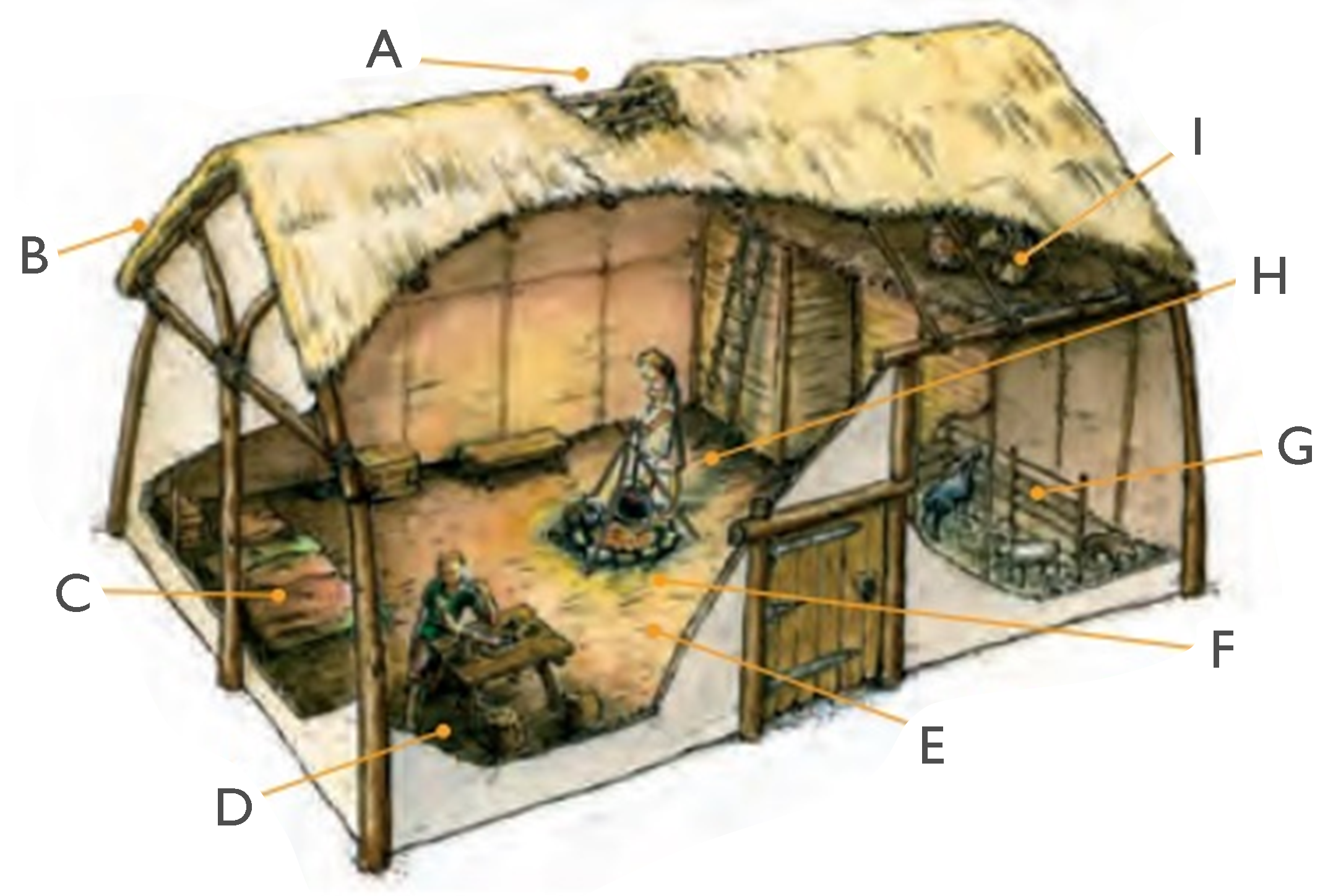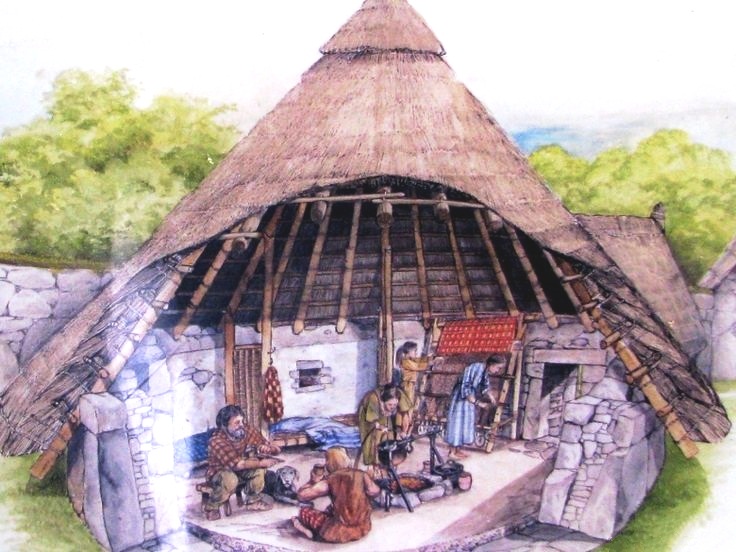Hovel (dwelling)

Hovels are simply-constructed peasant dwellings constructed of rudimentary materials such as rough-hewn wooden poles, wattle, daub, and thatch. These structures are prevalent in temperate regions, as they provide suitable shelter in such climates. The materials used provided insulation, acting as a protection against cold winters; the gaps and woven wattle walls in turn provide adequate ventilation during the warmer months.
Contents
Wood is locally available, making it a practical choice for construction, particularly as the material can be cut from nearby forests and fashioned by the peasants themselves. While not comfortable, or even durable long-term, repairs are easily managed in the case of wear and tear.
Construction
The creation of a hovel requires little practical experience, so characters whose background includes farming and animal husbandry are able to build this sort of structure, as well as those who've studied construction. Another benefit is that the building can be expanded by adding additional frames following its initial creation.
Key is the vertical frame, as shown on the picture's left, consisting of a lashed triangular structure supported by three beams. This is fashioned from young trees with a 2 to 4-inch width; the tree is cut, curved, and allowed to dry, so that it can be lashed together to form the peaked frame. This is then linked to like frames to form the hovel's skeleton.
Wattle and daub, consisting of a woven lattice of wooden strips that can be collected freely, supports a thickness of thatch upon the roof that keeps the interior dry while serving as the non-supportive walls between lashed frames. When desiring to enlarge the hovel, another frame of any size can be added to the ends or sides of the existing structure. Hovels that have existed for many years usually have additional rooms for animals and family members.
Typical sizes range from 15 ft. wide to between 20 and 25 ft. long. A new hovel may only be 15 ft. square, or even smaller if the resident has no family to support. The building can be easily breached and is susceptible to storm damage, but a destroyed hovel can be easily rebuilt within weeks. Within, there is little that would be valuable to a burglar or bandit. The amount of living space can be more than sufficient for a family prepared to sleep together in a single room, close to a smoldering fire.
Distribution
It's not unlikely to find these structures in both developed and undeveloped hexes, though never within manufacturing or commercial towns, as hovels are liable to burn too easily. However, they can be found on the fringes of a city, within a country town, or scattered throughout a village. Such peasant hovels are the only dwellings to appear in very isolated spaces.
See also,
Hammer (symbol)
The Adventure
Type-7 Hex
